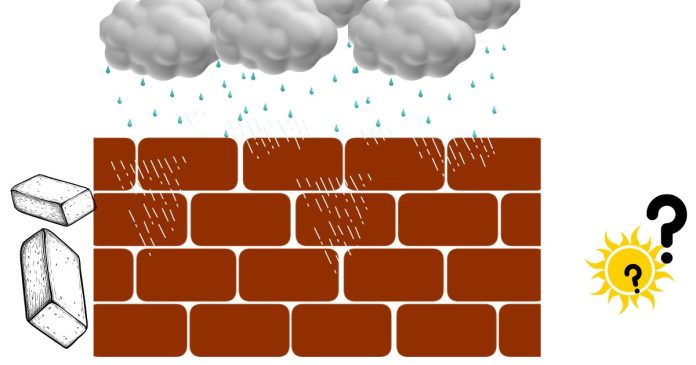Whether 12 hours of drying time is sufficient for concrete to withstand rain depends on several factors, including the type of concrete, environmental conditions, and the intensity of the rain. Here’s a detailed explanation:
1. General Rule of Thumb
- Fresh Concrete (First 4-6 Hours): Concrete is most vulnerable during the initial hours after pouring, as the surface is still soft and prone to erosion.
- After 12 Hours: By this time, the surface of the concrete is likely firm enough to resist light rain without significant damage. However, it may not be fully cured, and heavy rain could still cause surface issues.
2. Factors to Consider
a. Type of Concrete
- Standard Concrete Mix: Typically, 12 hours provides enough time for the surface to set to a degree where light rain won’t wash away the mix.
- High-Performance or Fast-Setting Concrete: These types may harden quicker, offering better resistance to rain earlier in the curing process.
b. Rain Intensity
- Light Drizzle: Usually fine after 12 hours, as the surface has had time to firm up.
- Heavy Rain: Could still cause issues like surface pitting, discoloration, or erosion, especially if the concrete hasn’t reached significant strength.
c. Weather and Temperature
- Warm Weather: Accelerates the curing process, making 12 hours more effective in preparing the surface to resist rain.
- Cold Weather: Slows curing, making the concrete more susceptible to damage even after 12 hours.
d. Protection Measures
- Using plastic sheeting or tarps to cover the concrete can provide extra protection from rain during the critical curing period.
3. Potential Issues from Rain on Fresh Concrete
If rain occurs before the concrete has sufficiently set:
- Surface Weakening: The rain can wash away cement and fines, leading to a weaker surface.
- Discoloration: Rainwater can cause uneven curing, resulting in patchy colors.
- Cracking or Pitting: Heavy rain can disrupt the surface texture.
4. Best Practices
- Monitor the Forecast: Try to pour concrete during a dry period to avoid rain-related complications.
- Use a Curing Agent: Applying a curing compound can help the concrete set more quickly and uniformly.
- Cover the Concrete: If rain is expected, use plastic sheeting to shield the surface until it hardens sufficiently.
Conclusion
For most cases, 12 hours of drying time is adequate for concrete to withstand light rain, especially if the weather is warm and the rain isn’t too intense. However, for heavy rain or critical structural pours, you should protect the concrete for at least 24 hours or more to ensure optimal strength and finish. When in doubt, cover the concrete and consult with your contractor or a concrete specialist.


